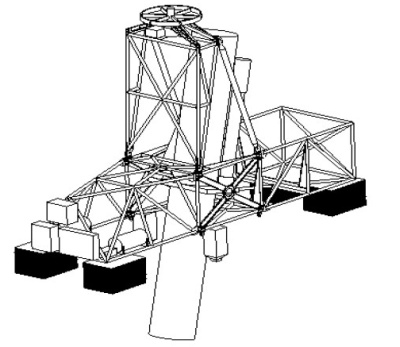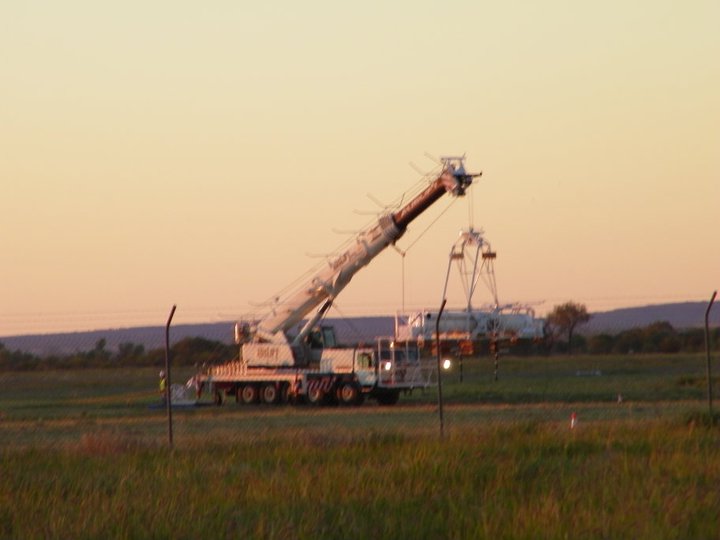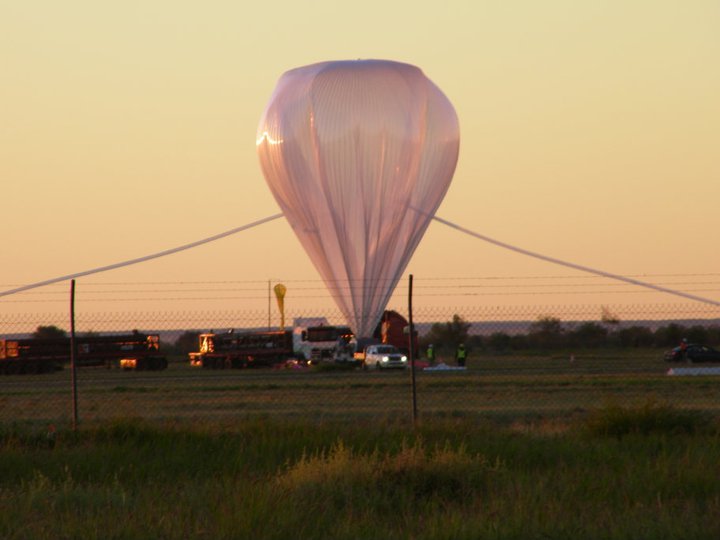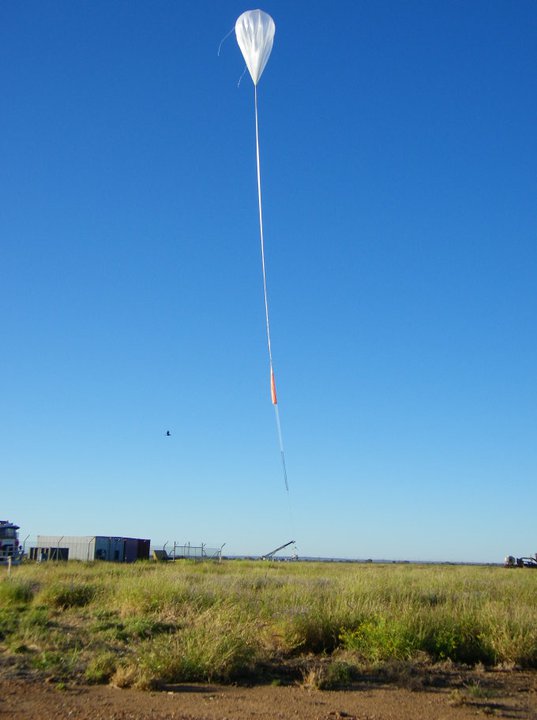Purpose of the flight and payload description
HERO was an X-Ray telescope and the first one aimed to obtain focused images of astronomical X-ray sources at hard X-ray energies (20-75 keV).
The key component (the hard X-ray optics) are full-shell electroformed-nickel-replicated (ENR) mirrors coated with iridium to enhance high-energy reflectivity. As the critical grazing angle for reflection varies approximately inversely with energy, these mirrors employ smaller angles than their low-energy counterparts and consequently have smaller diameters and collecting areas per shell. The mirrors have a 6 meter focal length.
To exploit the full potential of the HERO optics necessitates a balloon gondola that can provide commensurate pointing accuracy, stability, and pointing knowledge. The HERO gondola utilizes a coarse aspect system for slewing based on a differential global positioning system (GPS) and a fine inertial-mode pointing system that uses a novel day/night aspect camera system to update onboard gyroscopes. The total payload dimensions are 25 feet long, 6.5 ft wide and 16 ft high.
Details of the balloon flight
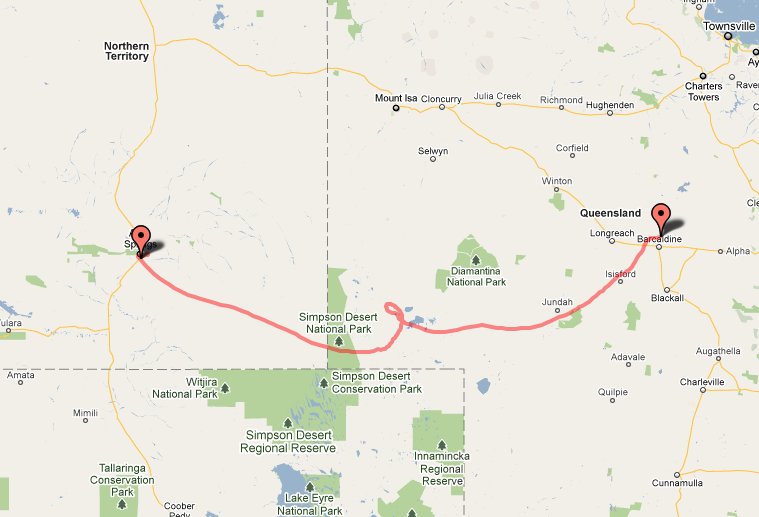
Balloon launched on: 4/18/2011 at 22:13 utc
Launch site: Australian Balloon Launching Station, Alice Springs, Australia
Balloon launched by: Columbia Scientific Balloon Facility (CSBF)
Balloon manufacturer/size/composition: Zero Pressure Balloon Raven - 39.570.000 cu ft - (0.8 Mil.)
Flight identification number: 617N
End of flight (L for landing time, W for last contact, otherwise termination time): 4/20/2011 at 7:00 utc
Balloon flight duration (F: time at float only, otherwise total flight time in d:days / h:hours or m:minutes - ): 34 h 37 m
Landing site: N of Balcardine, Queensland, Australia
The australian flight of HERO was originally planned to be launched during the 2010 balloon launch campaign, but was cancelled after the mishap suffered in that campaign by the Nuclear Compton Telescope which resulted detroyed at launch.
The first launch attempt took place on April 8, but was abandoned due to adverse surface and low-level winds. Another two attempts were also cancelled due to wind in April 12 and 13. Finally the fourth attempt on April 18 was the succesful one. The balloon was launched using the dynamic method with assistance of motorized crane as mission 617N at 22:10 utc and after floating at 127.000 ft for 33 hours it was downed near Barcaldine, in Queensland a little bit after 7:00 utc on April 20.
External references
- HERO website Marshall Space Flight Center, NASA
9870If you consider this website interesting or useful, you can help me to keep it up and running with a small donation to cover the operational costs. Just the equivalent of the price of a cup of coffee helps a lot.

